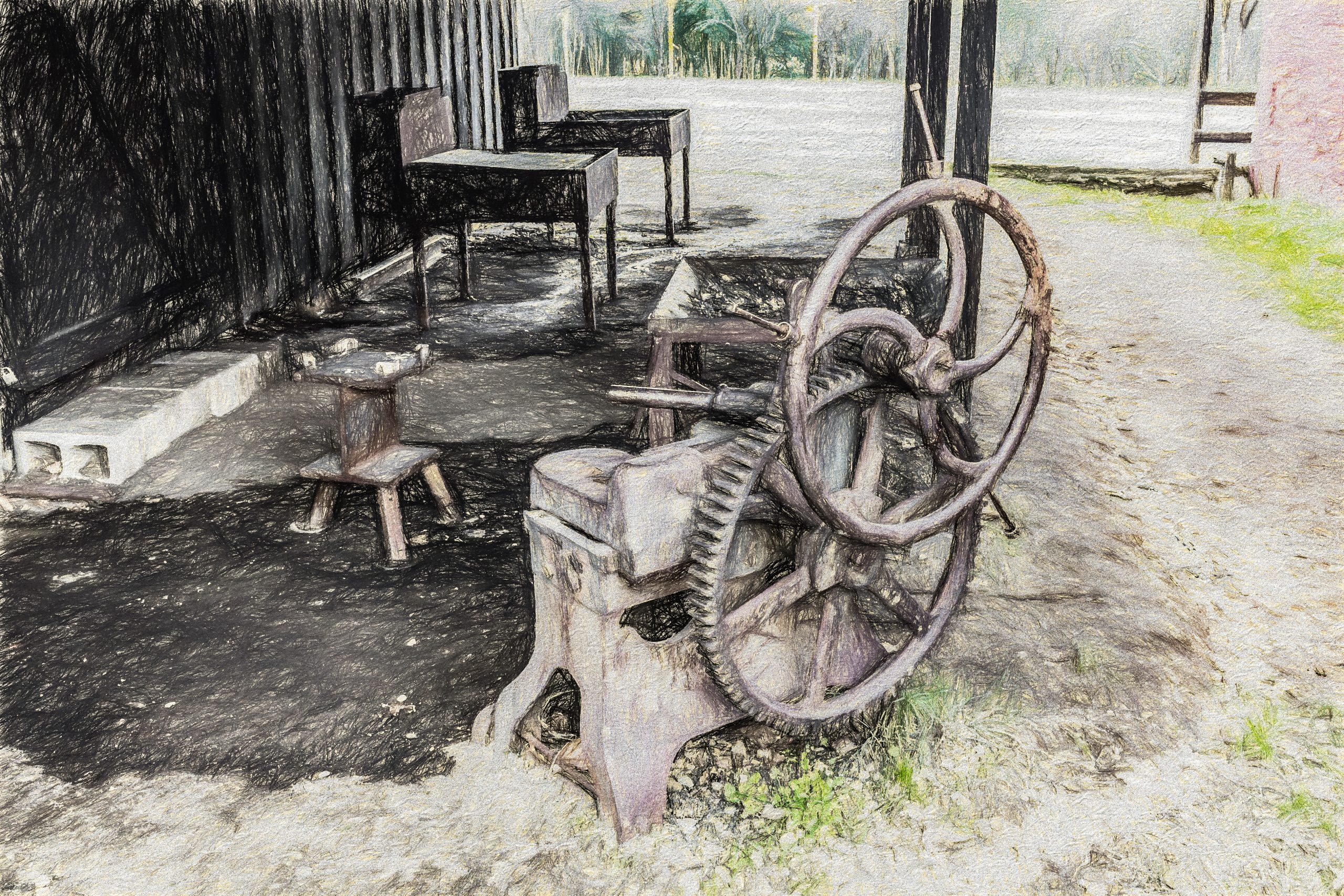Nitro RC cars are a popular form of remote control car racing. They are powered by nitro engines, which use a mixture of nitromethane and methanol as fuel.
Nitro engines are more powerful than electric motors, and can reach speeds of up to 50-60 mph.
Nitro RC cars use the same basic engine design as standard gasoline-powered cars. The engine is composed of several main components, including the carburetor, exhaust system, crankshaft, piston and cylinder head.
The carburetor is responsible for mixing the fuel and air in the correct ratio for combustion. The exhaust system carries away the exhaust gases created during combustion. The crankshaft turns to generate power, while the piston and cylinder head provide a space for combustion.
When the nitro engine is running, fuel is drawn into the carburetor by suction created by the piston moving upwards in its cylinder. The air-fuel mixture then passes through an intake valve into the combustion chamber where it combusts to create power. As the piston moves downwards again due to pressure created by the combustion process it forces out spent gases through an exhaust valve.
The speed at which a nitro RC car moves is largely determined by its gear ratio; higher gear ratios allow for faster acceleration but less top speed whereas lower gear ratios allow for slower acceleration but more top speed.
Conclusion:
Nitro RC cars are an exciting form of remote control racing that are powered by nitro engines that use a combination of nitromethane and methanol as fuel. Nitro engines have several main components including a carburetor, exhaust system, crankshaft, piston and cylinder head that work together to mix fuel and air in order to create power through combustion. The speed at which a nitro RC car moves is determined by its gear ratio; higher gear ratios allow for faster acceleration but less top speed while lower gear ratios allow for slower acceleration but more top speed.
7 Related Question Answers Found
A radio-controlled (RC) car engine is a miniature version of a full-sized engine, used to power a small radio-controlled car. The engine is typically powered by an electric motor, although some models may use a gasoline or diesel engine. The electric motor is typically powered by rechargeable batteries, and can be recharged with an AC adapter or other charging device.
Remote control (RC) car engines are designed to provide power for the car and allow it to move. They come in a variety of sizes and shapes, depending on the type of RC car, and can be powered by either electric or nitro fuel. Each engine works differently, but all share certain basic features.
RC cars have been a popular hobby for decades, and there is no denying the appeal of these miniature vehicles. The technology that powers them is fascinating, and many people are curious about how RC car engines work. At first glance, an RC car engine may appear to be nothing more than a small motor, but in reality, it is a complex piece of engineering.
Nitro RC cars are the most popular type of remote controlled car on the market, and they are a great way to get into the hobby of radio control. Nitro RC cars run on specially formulated fuel that has nitromethane, methanol, and oil in it. The fuel is commonly referred to as “nitro” or “nitro fuel”.
Putting a nitro engine in a RC car is a fun and exciting way to enhance your RC car racing experience. Nitro engines are the most powerful and reliable engines available for RC cars, and they provide the highest level of performance. Installing a nitro engine in an RC car can be done relatively easily, although there are several steps involved.
Remote control cars, also known as RC cars, are miniature versions of a full-size car that can be controlled remotely. RC cars have been around since the early 1960s and have evolved over the years to become faster, more durable, and more sophisticated. RC cars are used for racing and recreational purposes, as well as for educational demonstrations.
Remote control cars, also known as RC cars, have been captivating the minds of hobbyists for decades. These miniature vehicles are powered by electric battery packs and controlled by a handheld remote. They range from toy-grade models to serious high speed racers.
